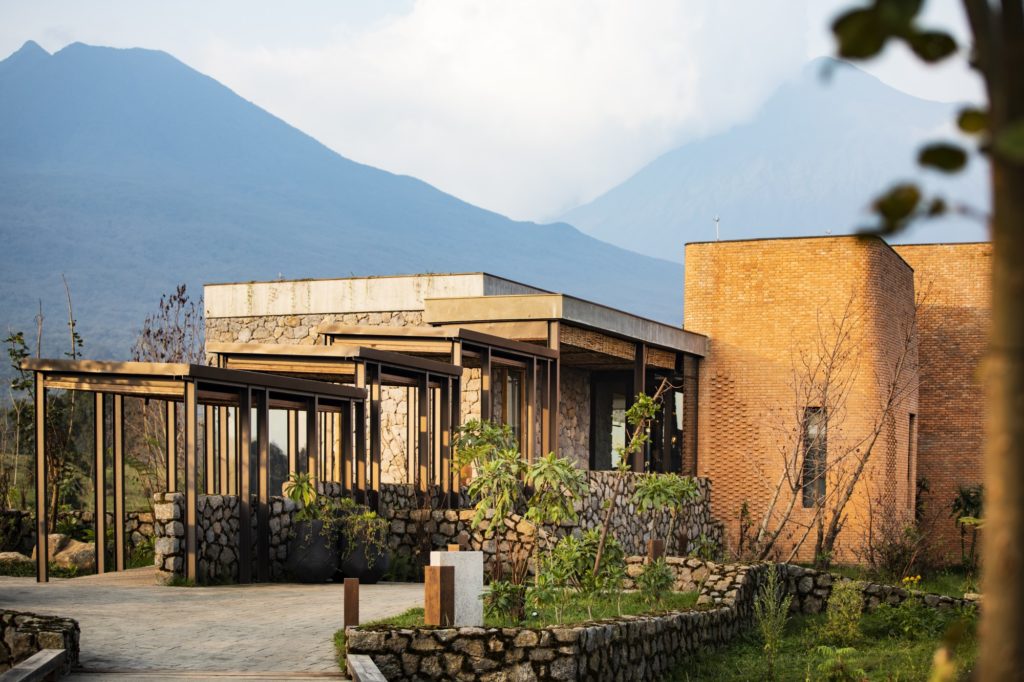Deforestation particularly in protected reserves has happened at an increasing rate in the democratic Republic of Congo
Unfortunately deforestation in the largest remaining African rainforest seems to be going on more and more. Unfortunately not only is this happening in general, at













